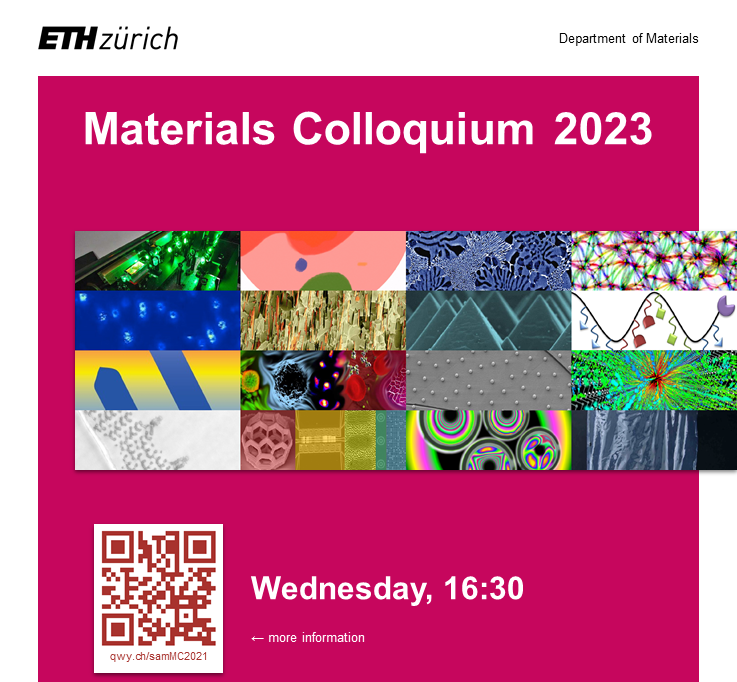Opportunities and challenges in TEM dynamic studies of metals
Since its invention in 1931, the transmission electron microscope has allowed a direct view into matter with an unprecedented spatial resolution, progressing over the decades towards the atomic scale, and nowadays, with the correction of the spherical aberration, a resolution of 50 pm is at reach. Combined with the advent of sample holders based on microchip technology, there is a wealth of new in situ experiments that can now be envisaged, bringing insights into and unveiling microstructural dynamics at the origin of the phenomena observed macroscopically; here I will focus on their impact in metallurgy. In situ experiments have already brought much valuable understanding of the mechanisms occurring in metals : I will review some of these dynamics experiments; starting with the evolution of a metal under ion irradiation, then dislocation–defect mechanisms related to mechanical properties, phase transitions related to the magnetic properties, and finally the biocorrosion mechanisms of a magnesium lean alloy, a material envisaged for temporary implants. Finally, I will present some directions to future experiments we will be able to perform at ETH.
